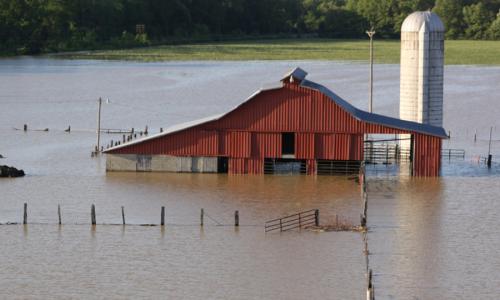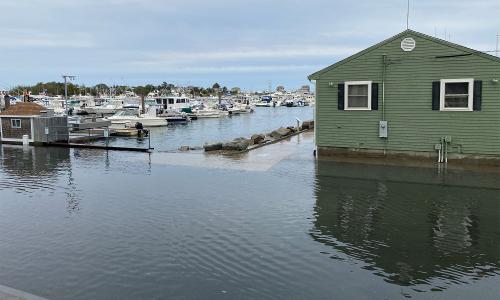Technical appendix for the report Confronting Climate Change in the Great Lakes Region: Impacts on Our Communities and Ecosystems.
Climate change and many of the impacts on the environment of the Great Lakes Region are not inevitable. Since these impacts are the result of the combined pressures of human activities on the environment and on the global atmosphere, humans can and must meet the challenges by employing a three-pronged approach to climate management.
Reducing emissions can avoid many of the worst of potential impacts from climate change. It is the first of these three complementary and necessary strategies to comprehensively deal with climate change. In addition, it is essential to reduce or eliminate other direct human pressures on the environment. This approach can result in long-run economic and human health benefits, but also safer water supplies, improved agricultural and forestry productivity, environmental protection and aesthetics and recreational opportunities. And of course, the benefit with regard to climate change is that it strengthens the resilience of ecosystems to the additional stresses from a warming climate.
Finally, we must recognize that even if we are successful in relieving human pressures on ecosystems and minimizing climate change by reducing heat-trapping greenhouse gas emissions, our climate will still change in the future. Because heat-trapping emissions stay in the atmosphere for a long time and because it is challenging to change our energy-hungry society and economy over the short term, the concentration of greenhouse gases is likely to increase for several more decades. This means that we must also plan and prepare to manage the future impacts from climate change.
Please click on the links below for further information, including many regional examples of how states and communities are beginning to implement these three strategies:




